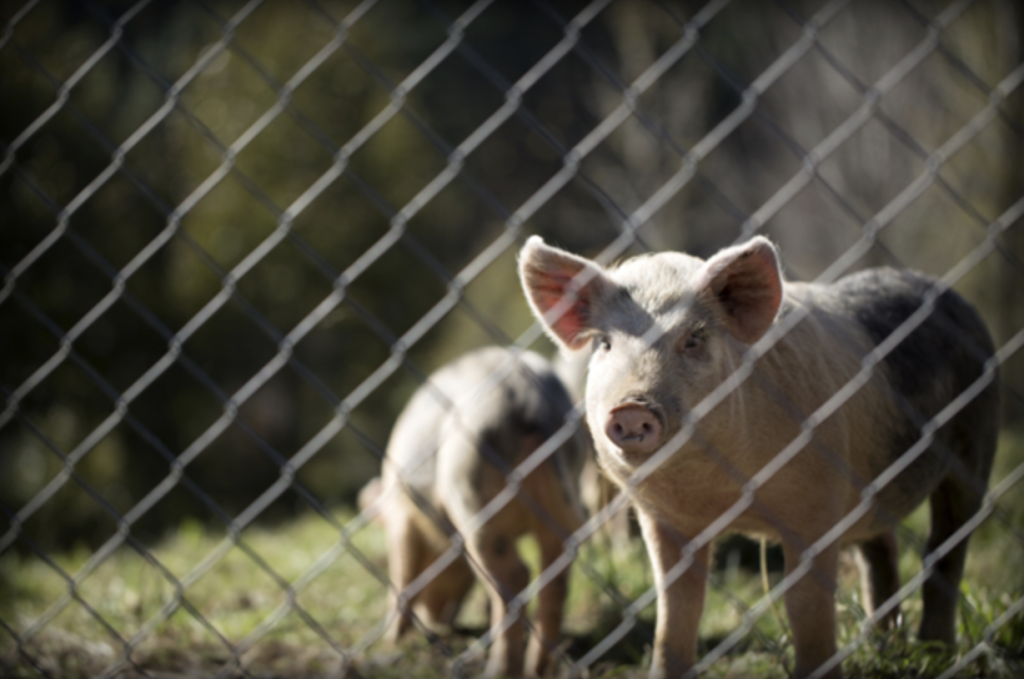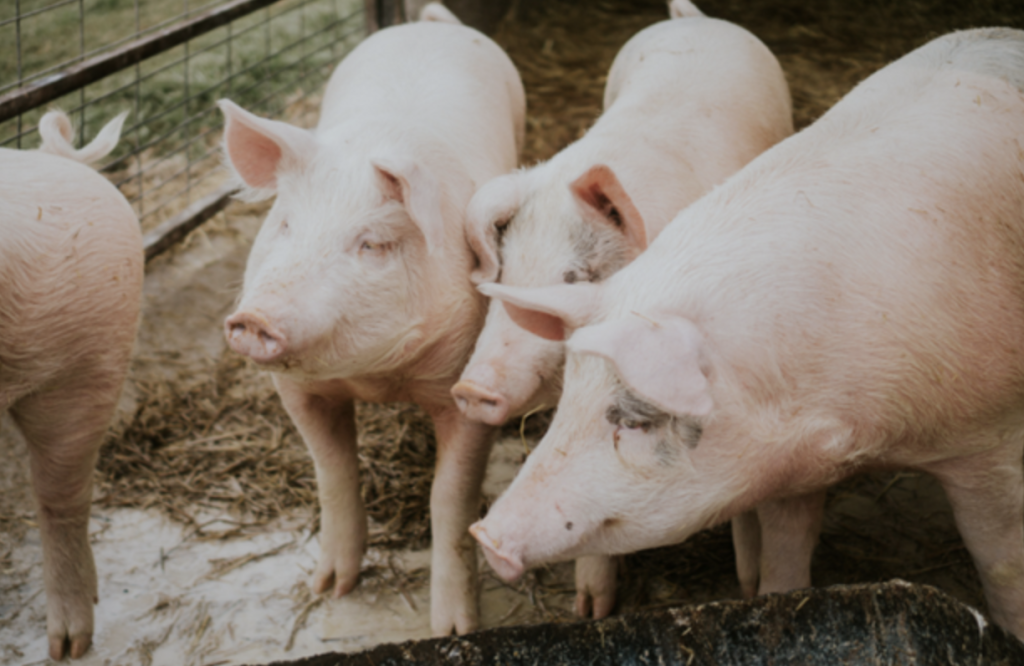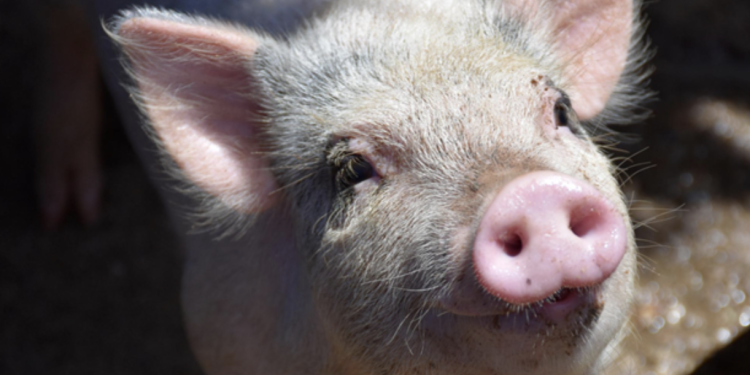Delving into the visual world of pigs opens a window to understanding their needs, behaviors, and how we can improve their living conditions. The study of pig vision and the effects of swine lighting on their well-being is not just a matter of agricultural efficiency; it’s a step towards more humane and empathetic farming practices. This exploration is crucial for anyone involved in caring for and managing these intelligent animals. We can make significant strides in animal welfare by acknowledging and addressing the importance of visual and environmental factors in pigs’ lives.
Basic Visual Capabilities of Pigs
Pigs possess unique visual capabilities that significantly influence their interaction with the world. While they may not see the complete color spectrum as humans do, their ability to detect certain colors and shades plays a pivotal role in their behavior and well-being. The general characteristics of pig vision highlight a fascinating aspect of their sensory world that requires careful consideration when designing their living spaces.
The comparison between human and pig vision reveals a stark difference in color perception. Pigs are more sensitive to blues and greens, with reds appearing less vivid. This insight into what colors pigs can see underscores the necessity of creating environments that cater to their specific visual needs, ensuring that these spaces promote comfort and well-being.
The importance of color perception in pigs’ environments cannot be overstated. Colors can influence pigs’ moods, behavior, and feeding patterns. Understanding the nuances of pig vision allows for developing more effective and compassionate management strategies, creating environments that support their natural behaviors and enhance their quality of life.

Swine Lighting and Color Perception
Swine lighting encompasses more than just providing light; it involves a deep understanding of how different light spectra influence pig physiology and behavior. Proper lighting is not merely a matter of visibility; it affects pigs’ growth, health, and emotional state. By tailoring lighting conditions to their needs, we can foster environments that promote well-being and productivity.
- Factors Affecting Swine Lighting Choices
1. The Role of Natural vs. Artificial Lighting
Balancing natural and artificial lighting is key to creating optimal conditions for pigs. While natural light provides a broad spectrum of benefits, its variability and intensity can be challenging to manage. When used correctly, artificial lighting offers a controlled alternative that can be tailored to support pigs’ circadian rhythms and meet their specific developmental needs.
2. Selecting the Right Lighting for Different Stages of Development
Each stage in a pig’s life demands different lighting conditions. From the nurturing glow needed for piglets to the brighter, more focused light for adult pigs, understanding these requirements is essential for their development and well-being. Tailoring lighting solutions to these stages ensures that pigs grow and thrive.

FAQs
This section provides clear, concise answers to common questions about swine lighting and pig vision, demystifying the subject and offering practical advice for those looking to improve their practices.
What is the best type of lighting for pigs?
The best lighting mimics the natural spectrum as closely as possible, with adjustments for intensity and color based on the pigs’ developmental stage.
How does lighting affect pig behavior?
Appropriate lighting can reduce stress, improve social interactions among pigs, and enhance overall well-being.
Can pigs see colors the same way humans do?
Pigs see a more limited color spectrum than humans, with a focus on blues and greens, which influences their interaction with their environment.
Conclusion
In conclusion, exploring pig vision and swine lighting reveals a complex interplay between animal welfare and environmental management. By integrating the understanding of what colors pigs can see with innovative lighting solutions, such as those offered by Hontech-Wins, you can create environments that respect and cater to the needs of pigs at every stage of their lives.







